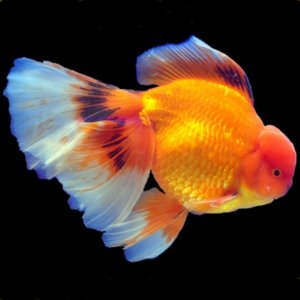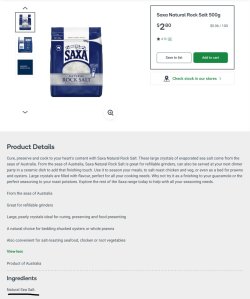I have discovered that some of my guppies have cloudy looking eyes that pop out slightly, some of them only have one eye that looks cloudy and popping out and some have both. I think it could be popeye or cloudy eye but I don’t know which.
Is API melafix a good medication to use for popeye or cloudy eye? I researched a bit and melafix is available in one of the local pet stores in my area. I’ve heard that myxazin is better but they only ship to UK. Is there any other medications for popeye? would epsom salt help?


also I have another guppy with a red spot on back/tail area. Is it just colouring? or something more serious, picture attached bellow

Is API melafix a good medication to use for popeye or cloudy eye? I researched a bit and melafix is available in one of the local pet stores in my area. I’ve heard that myxazin is better but they only ship to UK. Is there any other medications for popeye? would epsom salt help?
also I have another guppy with a red spot on back/tail area. Is it just colouring? or something more serious, picture attached bellow



